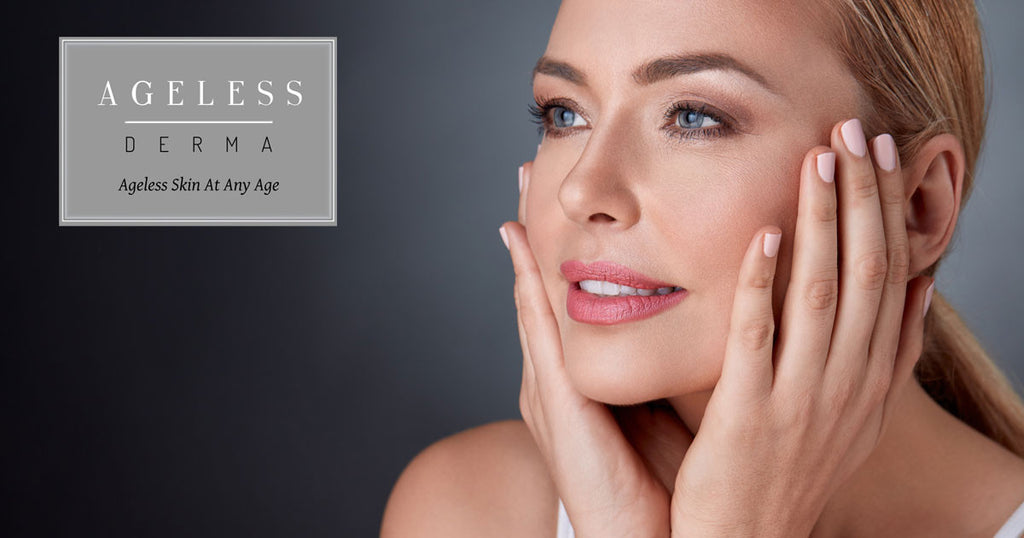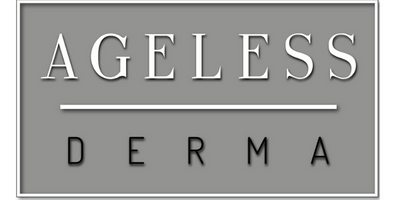
You get what you pay for. This popular phrase usually makes us think of the differences between cheap and luxurious. We believe that if we do not pay a lot of money, we are not getting a quality product; if we spend enough money, we must be getting the very best. However – you get what you pay for takes on a new meaning when you consider skincare ingredients in your products.
When it comes to many high-end, high-priced items, what consumers pay for in their skincare products are four overarching ingredients – three of which are not listed on the label. The four include:
- The distribution chain
- Packaging
- Marketing
- Actual ingredients
In a marketplace where brands such as Crème de la Mer moisturizers come with price tags that surpass many consumers’ monthly grocery budgets, it is important to examine the true value of each ingredient.
The Skincare Distribution Chain: It really comes down to the economic science behind the process that takes the product from conception to store shelves to bathroom cabinets. From the business side of things, manufacturers are looking at their own four ingredients: retail sales, wholesale sales, markup, and gross margin. The more people or companies are involved in getting the product from the manufacturer to the consumer, the higher the markup needs to be along the way. Every time that single product moves along this distribution chain, the next entity in line increases the overall margin. Let’s look at an example of a distribution chain for a fictitious product – Skin Win.
This last step in the distribution chain of consumers buying the product actually includes three sub-steps: payment to manufacturer, payment to distributors, and payment to retailers. You get what you pay for means that consumers pay for the middle man. It is not uncommon for distributors to expect 20-40% margins of profit for their part, and then above that, retailers generally expect a minimum of 50%. These profits margins are on top of what the manufacturer requires as a profit margin.
Skincare Packaging: Consumers pay for skincare packaging that has no influence on how well – or how poorly – the product actually works. Compare a simple image search online for the phrase expensive skincare with a search for quality skincare. The difference in the images of the packaging is clear. Expensive skincare products come in small, sparkly jars, some even designed to look like jewels. Consumer are paying for the pictures on the outside of the product, not the ingredients on the inside of the jar.
Skincare Marketing: Closely tied to packaging is the marketing of skincare products. Far too often consumers are paying for the experience of the brand, not their own personal experiences of the product. Cosmetic Chemist Perry Romanowski, who works to develop skincare products and also writes to debunk myths about them, says that, “The cosmetics industry is mostly run by the Marketing departments.” Consumers pay for the brand name, the star endorsements, and the inconsequential Skincare ingredients such as gold flakes, which have no scientific value to skincare but can drive up the perceived and retail values.
Dr. Farid Mostamand, the founder of Ageless Derma, wrote in his book Ageless Skin Obsession, that many more affordable products deliver on their promise, but without the high price. Expensive face cream that costs over $100 most of the time are not more effective than to a more affordable skincare product that costs between $30 and $50.
Dermatologist Dr. Judith Hellman researched the hype of additives such as gold and found that there is no scientific value, but there is risk of skin irritation. However, if you listen to the marketers, gold skincare products are consumers’ golden opportunities for amazing skin.
Skincare Success – A Focus on Ingredients: For consumers who really want to see the benefits of their skincare ingredients and do not want to pay for the distribution chain process, packaging, or marketing, the focus must be on what is inside – the ingredients of the product.
- Compare labels. You should be able to easily access ingredient lists.
- Be wary of “secret” and “special” ingredients.
- Look for skincare product manufacturers that sell directly to consumers.
When you peel back the label and focus on ingredients, searching for ways to access quality without having to be a part of the distribution chain mark-up, you are truly getting what you pay for.
Liquid error (templates/article line 10): Could not find asset snippets/relatedblogs.liquid
